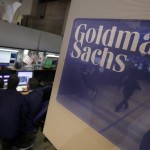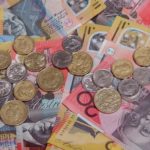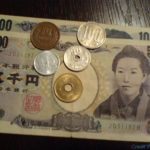US dollar was trading on higher levels against the Japanese yen on Thursday, as the Federal Reserve Bank’s unexpected decision to keep its monetary policy intact dampened demand for safe haven currencies, such as the yen.
USD/JPY jumped to a session high at 98.84 at 7:45 GMT, gaining 0.91% on a daily basis. Support was likely to be received at August 29th low, 97.46, while resistance was to be encountered at September 18th high, 99.33.
US dollar came under heavy selling pressure yesterday after the policy-setting Federal Open Market Committee (FOMC) abstained from reducing the 85-billion-USD pace of monthly securities purchasing. This decision underscored Chairman Ben Bernanke’s willingness to do anything to lower unemployment and pushed back market expectations for a tightening of policy. Bernanke said at the press conference after the FOMC meeting, that the central bank must determine its policies based on “what’s needed for the economy,” even if it surprises global markets. He was “somewhat concerned” by the influence of rising bond yields on the economy and was willing to “wait a bit longer and to try to get confirming evidence” that economy is showing signs of lasting improvement.
“You’ve got the go with the flow — you’ve got to buy risk currencies, risk assets,” Mitul Kotecha, the global head of foreign-exchange strategy at Credit Agricole SA (ACA) in Hong Kong, said in a Bloomberg Television interview today, cited by the same media. “Perhaps we’ve seen a delay in the recovery in the dollar because of Fed delaying tapering, but the reality is that the Fed will taper going forward.”
In the mean time, Japanese all industries activity index has managed to recover at a faster than projected rate in July, supported by the gaining momentum industrial production in the country. The index added 0.5% in July compared to June, following the 0.7% drop in June compared to May. Experts had anticipated a more moderate rate of increase, by 0.3%. Japans industrial output expanded by 3.4% in July, after the 3.0% drop a month ago. The rate of improvement in construction sector, however, showed a certain slow down to 1.5% in July, compared to the 3.9% climb, registered in June.
The final value of Japanese leading index in July almost met preliminary estimates, as it came in at 107.9 instead of 107.8. Additionally, countrys coincident index rose to a reading of 107.7 in July, while it was expected to show a value of 106.4. The coincident index usually falls behind the leading index with several months and matches exactly the business cycle. Thus, it is considered as a very useful tool to demonstrate the current economic situation in the country.
Last but not least, it became also clear that Japanese seasonally adjusted trade balance recorded a lesser deficit than expected in August. The deficit figure was at the amount of 0.791 trillion JPY, while preliminary estimates pointed a deficit of 0.824 trillion JPY. In July Japans trade deficit was 0.911 trillion JPY.
Elsewhere, the yen was losing 1.13% for the day against the euro, with EUR/JPY cross trading at 133.95 at 8:28 GMT. GBP/JPY pair was also gaining, up by 0.76% to trade at 159.36 at 8:28 GMT.





